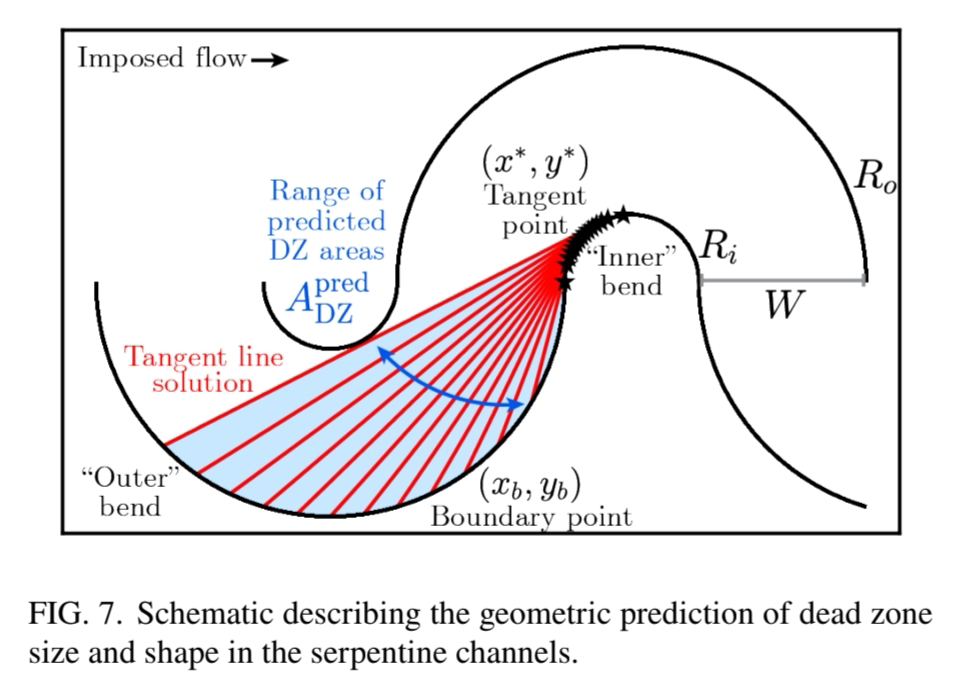<< ️Over the past decade, autophoretic colloids have emerged as a prototypical system for studying self-propelled motion at microscopic scales, with promising applications in microfluidics, micro-machinery, and therapeutics. Their motion in a viscous fluid hinges on their ability to induce surface slip flows that are spatially asymmetric, from self-generated solute gradients. >>
<<️ Here, (AA) demonstrate theoretically that a straight elastic filament with homogeneous surface chemical properties -- which is otherwise immotile -- can spontaneously achieve self-propulsion by experiencing a buckling instability that serves as the symmetry-breaking mechanism. Using efficient numerical simulations, (They) characterize the nonlinear dynamics of the elastic filament and show that, over time, it attains distinct swimming modes such as a steadily translating "U" shape and a metastable rotating "S" shape when semi-flexible, and an oscillatory state when highly flexible. >>
Ursy Makanga, Akhil Varma, Panayiota Katsamba. Instability and self-propulsion of flexible autophoretic filaments. arXiv: 2509.10153v1 [cond-mat.soft]. Sep 12, 2025.
Also: colloids, elastic, instability, transition, in https://www.inkgmr.net/kwrds.html
Keywords: gst, colloids, autophoretic colloids, elasticity, instability, buckling instability, symmetry-breaking mechanisms, self-propulsion, transitions.







